Jezemmas Adventures
Exploring Beijings historic alleyways.
The alley ways
In Beijing, hutongs are alleys formed by lines of traditional courtyard residences. Many neighbourhoods were formed by joining one siheyuan(courtyard) to another to form a hutong, and then joining one hutong to another.The word hutong is also used to refer to such neighbourhoods.
The hutong go back almost 800 years and are in fact a Mongol invention. During China’s dynastic period, emperors planned the city of Beijing and arranged the residential areas according to the social classes of the Zhou Dynasty (1027 - 256 BC). The term "hutong" appeared first during the Yuan Dynasty, and is a term of Mongolian origin meaning "water well". After Genghis Khan's unruly hordes reduced Beijing to rubble, the capital was redesigned with these narrow alleyways crisscrossing the city. By the Qing Dynasty(1644-1911) there were 2000 hutong, and by the 1950s that total had almost trebled.
Old, walled courtyard homes are the building blocks of this delightful maze of lanes. More venerable abodes are fronted by thick red doors outside of which perch either a pair of lions or a pair of drum stones. Many have been converted over the years into a ramshackle collection of cramped, one-storey homes, accessed via the narrowest of winding pathways. Living conditions in these are basic at best - a one-room family-house with a tiny shed-like kitchen-conversion and often no private toilet - but it's this unusual mix of ancient aristocratic architecture and current-day, salt-of-the-earth locals that gives the hutong alleys their unique character.
Street Food sensations
So it was our first taste into Chinese street food. We found a lovely smiley lady within the twist and turns of the alleyways. Away from the busy main Hutong's. She threw the meat we chose onto the hot pan and covered it in delicious spices, then she cracked an egg and created a dish between an omelette and pancake. Insisting on sticking a horrible hot dog like sausage in the middle, which is probably a lot truer to its name, we tried it and quickly discarded the sausage which is a first in my life.
emmabrigittelondon
11 chapters
16 Apr 2020
Street food, hutongs and sleeper trains.
October 16, 2015
|
Beijing to louyang
Exploring Beijings historic alleyways.
The alley ways
In Beijing, hutongs are alleys formed by lines of traditional courtyard residences. Many neighbourhoods were formed by joining one siheyuan(courtyard) to another to form a hutong, and then joining one hutong to another.The word hutong is also used to refer to such neighbourhoods.
The hutong go back almost 800 years and are in fact a Mongol invention. During China’s dynastic period, emperors planned the city of Beijing and arranged the residential areas according to the social classes of the Zhou Dynasty (1027 - 256 BC). The term "hutong" appeared first during the Yuan Dynasty, and is a term of Mongolian origin meaning "water well". After Genghis Khan's unruly hordes reduced Beijing to rubble, the capital was redesigned with these narrow alleyways crisscrossing the city. By the Qing Dynasty(1644-1911) there were 2000 hutong, and by the 1950s that total had almost trebled.
Old, walled courtyard homes are the building blocks of this delightful maze of lanes. More venerable abodes are fronted by thick red doors outside of which perch either a pair of lions or a pair of drum stones. Many have been converted over the years into a ramshackle collection of cramped, one-storey homes, accessed via the narrowest of winding pathways. Living conditions in these are basic at best - a one-room family-house with a tiny shed-like kitchen-conversion and often no private toilet - but it's this unusual mix of ancient aristocratic architecture and current-day, salt-of-the-earth locals that gives the hutong alleys their unique character.
Street Food sensations
So it was our first taste into Chinese street food. We found a lovely smiley lady within the twist and turns of the alleyways. Away from the busy main Hutong's. She threw the meat we chose onto the hot pan and covered it in delicious spices, then she cracked an egg and created a dish between an omelette and pancake. Insisting on sticking a horrible hot dog like sausage in the middle, which is probably a lot truer to its name, we tried it and quickly discarded the sausage which is a first in my life.
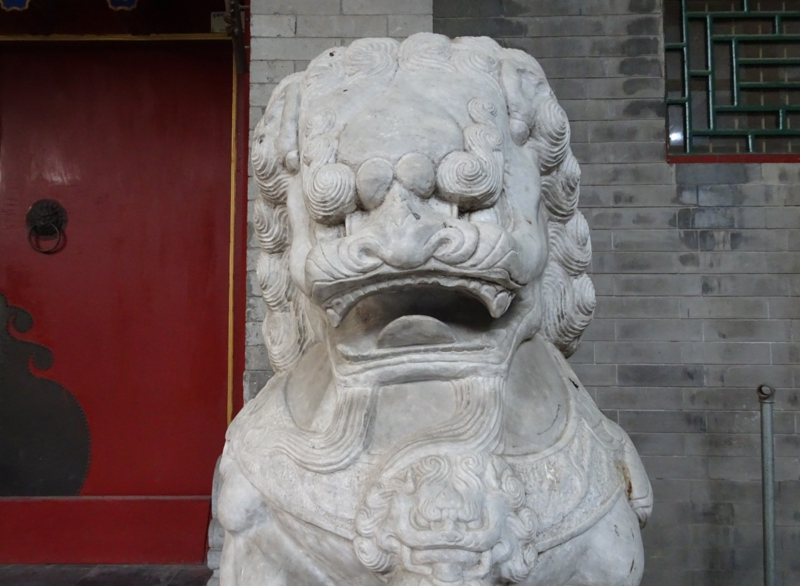
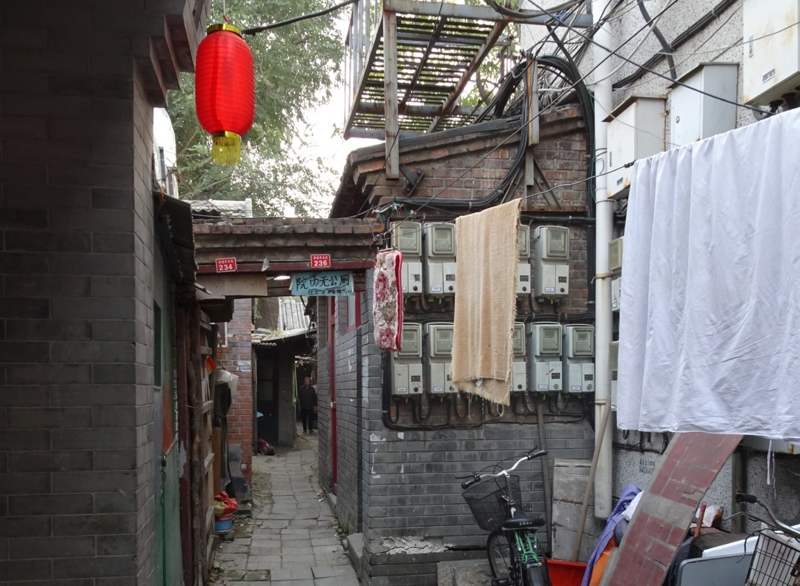
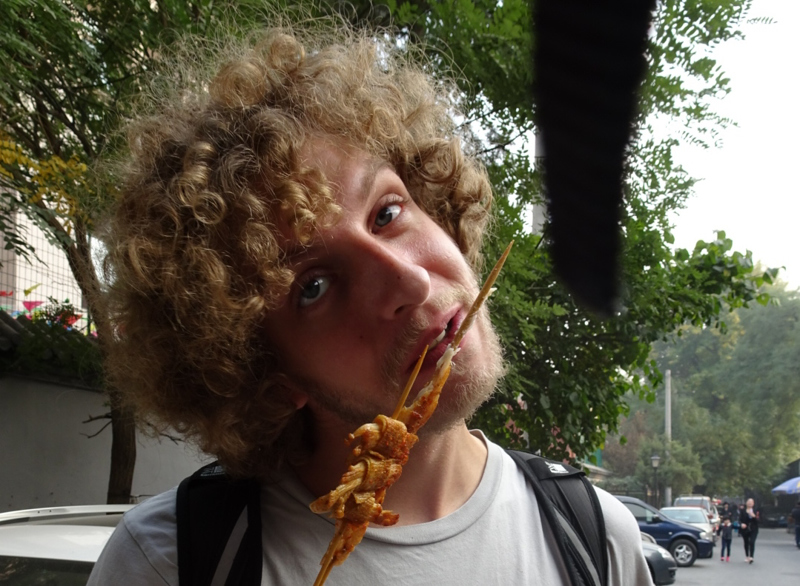
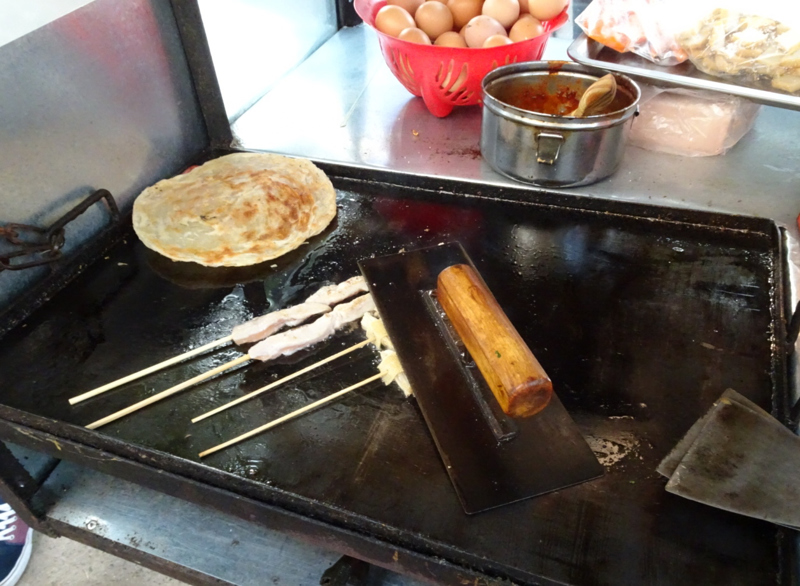
Hysterical Chinese time keeping
The bell and he drum were like most countries originally used as musical instruments in China. Afterward, however, they were used for telling time. As early as in the Han Dynasty (206 BC-220), there was 'a morning bell and a dusk drum'. Telling the time by them played an important role in helping people live and work regularly when there was no other means to keep track of the time. As a result, they became public architectures, and were widely constructed in almost every city throughout the country since the Han Dynasty. In the history of their construction, they are the largest and highest.
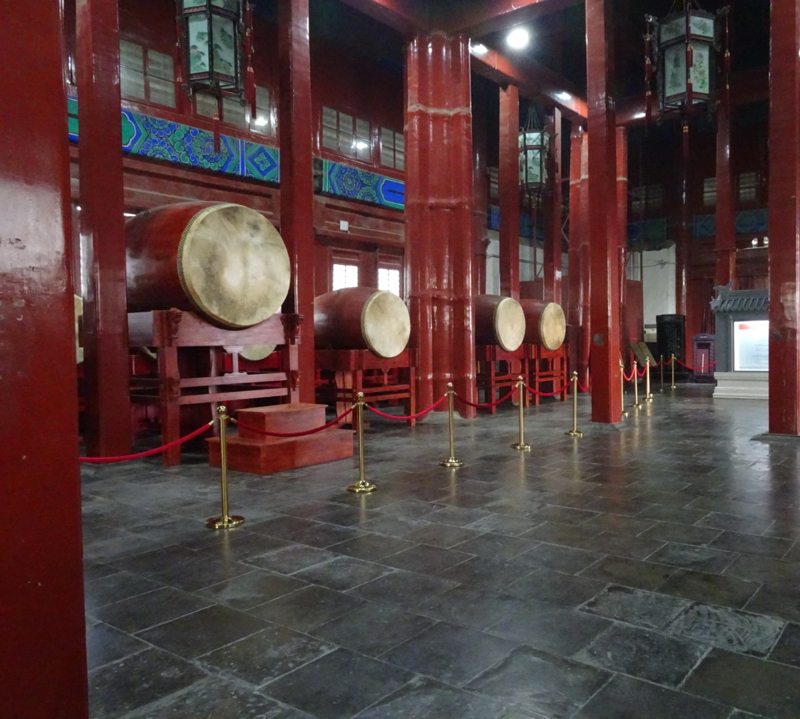
Their layout is unique, in that they were placed fore-and-aft, not as the traditional sense of standing right-and-left horizontally.
Sleeper trains
After a lovely few days in Beijing we had our first interestingly stressful train catching experience. The lack of English does make important transitions a little difficult. Giving our selves enough time to choke a dozen donkeys we arrived and sat ourselves comfortably to wait for a train to arrive within the next 2 hours. The oddest thing about this experience is all the Chinese queuing for a train an hour before it will arrive. Foolishly we followed this behaviour later realising outr beds were already booked to our ticket so we would have got them weather we queued Or walked in after the madness.
Once your on the train you are welcomed by bunkbeds. Cushioned
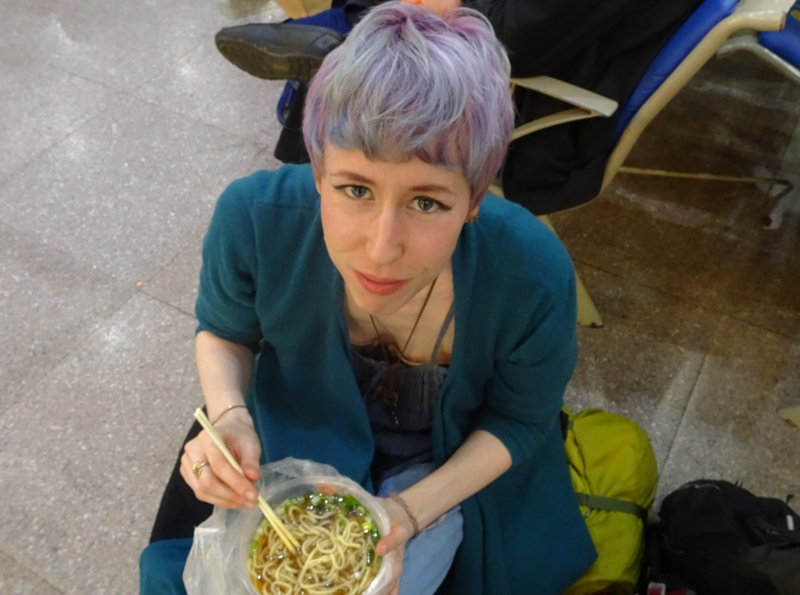
and covered ready for sleepy heads. There is over head storage for your bags. A convenient, but nothing more then that, toilet that you want to use at the beginning of your journey but not at the end. With a wash room and a whole carriage devoted to being a restaurant but to be honest our packed lunch was much tastier.
Share your travel adventures like this!
Create your own travel blog in one step
Share with friends and family to follow your journey
Easy set up, no technical knowledge needed and unlimited storage!